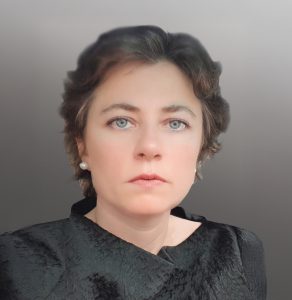
Dr. Edlira Baruti Papa
Bio
Abstract
Distraction osteogenesis principle applied to the correction of maxillo-mandibular skeletal deformities: Orthodontic approach at the alveolar level.
The principle of distraction osteogenesis can be applied to modify, at the alveolar, level the maxillo- mandibular framework. A well-known distraction procedure is the surgical assisted rapid palatal expansion.
In the specific field of maxillofacial surgery, the use of osseous distraction is always more and more helpful not only in the rehabilitation of malformation pathologies, but also in the clinical situations that require bone deficit correction resulting from traumatic events and postsurgical effects, for example oncologic surgery. The reason for this versatility in the distraction protocols is, undoubtedly, due to the fact that, at present, they are valid surgical methods in alternative to or supporting maxillofacial surgery, since they are feasible from a very early age and they obtain a level of distraction that is often higher than with orthopedic devices or conventional surgery.
There are multiple indications for osteodistraction and they range from cases of hyper- or
hypodevelopment of the maxilla and mandible, of both their anteroposterior and transverse components, to complex syndromes such as cleft lip and palate. Even the clinical distraction of the upper and middle thirds of the cranium, through a coronal craniotomy, has been shown to be a safe surgical procedure and it allows, for example, the successful rehabilitation of adult patients suffering from hemifacial microsomia or craniosynostosis. With the continuous and constant evolution of the integration of osteodistraction principles in the rehabilitation of the craniofacial region, an ever-more effective interdisciplinary relationship between orthodontics and
osteodistraction has been seen with growing interest. More often treatment plans are programmed in which the orthodontic and osteodistractive phases are integrated and complete each other, each supporting the other. Scientific and clinical progress achieved in this field in recent years, allows more and more refined therapeutic solutions to be programmed, permitting craniofacial operations and to repair an ankylotic dental arch or reposition osteointegrated implants to the most convenient bone sites.
The principle of distraction osteogenesis can be applied to the correction of facial skeletal deformities.
The orthodontists pay more attention to the tooth moving into the new generated bone to relieve the crowding. We present a case series and this paper reviewed the clinical application of the distraction osteogenesis, the opportunity and the force magnitude of tooth movement into the new generated bone.